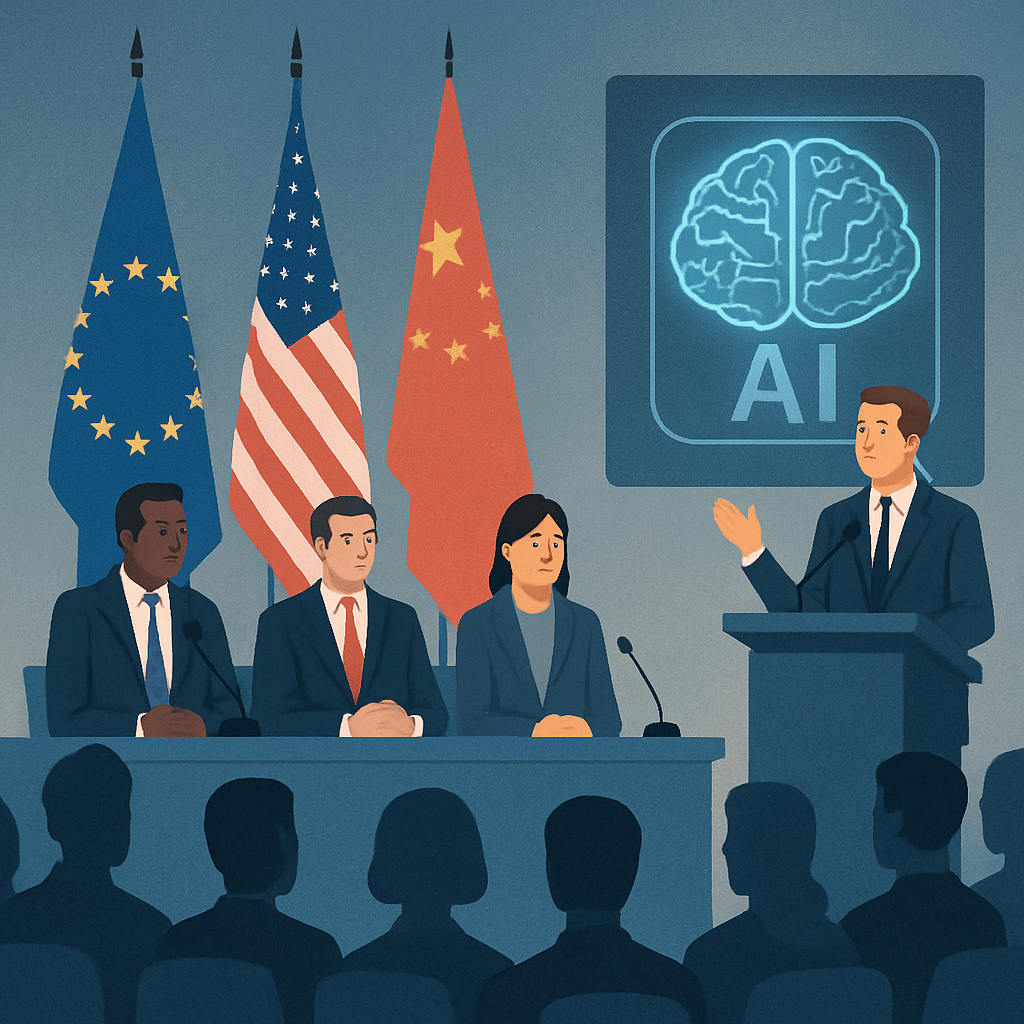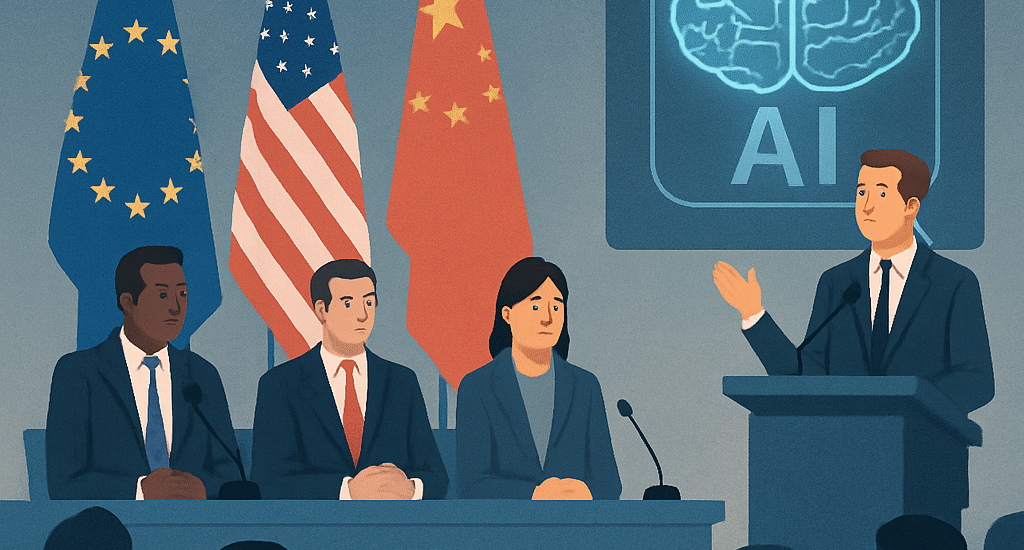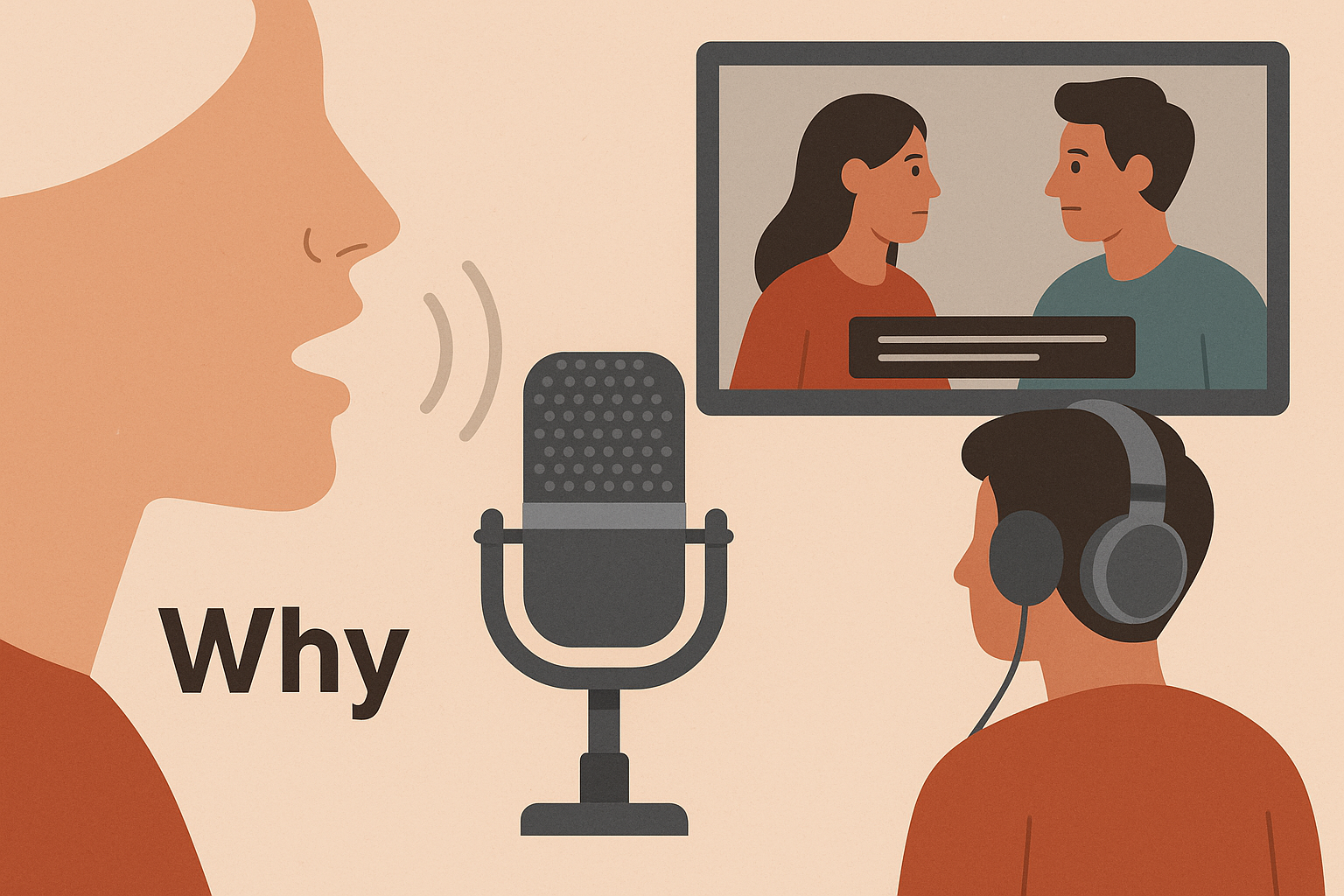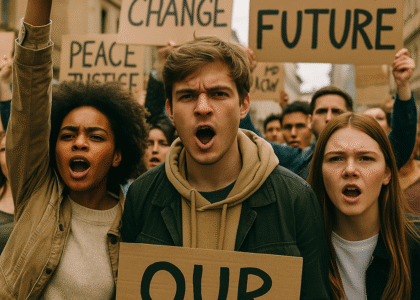Artificial intelligence has been moving fast — and governments are finally trying to catch up. This year, more than 40 countries signed a historic agreement focused on regulating how AI is developed and used. It’s the first time we’ve seen such a wide group of nations agree that rules are urgently needed to guide how machines affect our lives.
The agreement doesn’t ban AI. It sets guidelines to make sure systems are transparent, safe, and fair. Think of it as a global safety net. Countries want to prevent AI from being used in ways that could harm people — like facial recognition used to spy without permission, or algorithms making unfair decisions in hiring or healthcare.
For the average person, this means there may soon be clearer labels and protections when interacting with AI. You might know when you’re talking to a bot, or be able to request a human review if an algorithm makes a major decision about your life. The deal also pushes for stronger rules around AI used in the military or law enforcement.

What makes this moment different is cooperation. Until now, most AI rules were being developed separately — in the EU, the US, and parts of Asia. But this new framework aims to keep AI innovation moving while protecting basic rights, no matter where the technology comes from.
Still, challenges remain. Some countries want stronger enforcement, while others worry about slowing down progress. And since tech evolves quickly, staying ahead won’t be easy.
But this agreement is a step — one that shows the world is ready to take AI seriously. It’s no longer about “what if.” AI is here, and how we manage it now will shape the future for everyone.





